
MANGOES
Indulge in the tropical sweetness of Alphonso Mangoes, renowned for their rich, creamy texture and aromatic fragrance. Known as the King of Mangoes, each bite bursts with luscious flavour, transporting you to sun kissed orchards with every taste.
GREEN PEAS
Green Peas, tender and vibrant, offer a burst of fresh flavour in every bite. Versatile and nutritious, they are a delightful addition to salads, soups or enjoyed simply steamed as a wholesome side dish. Packed with vitamins and fiber, green peas are a tasty way to enhance any meal.
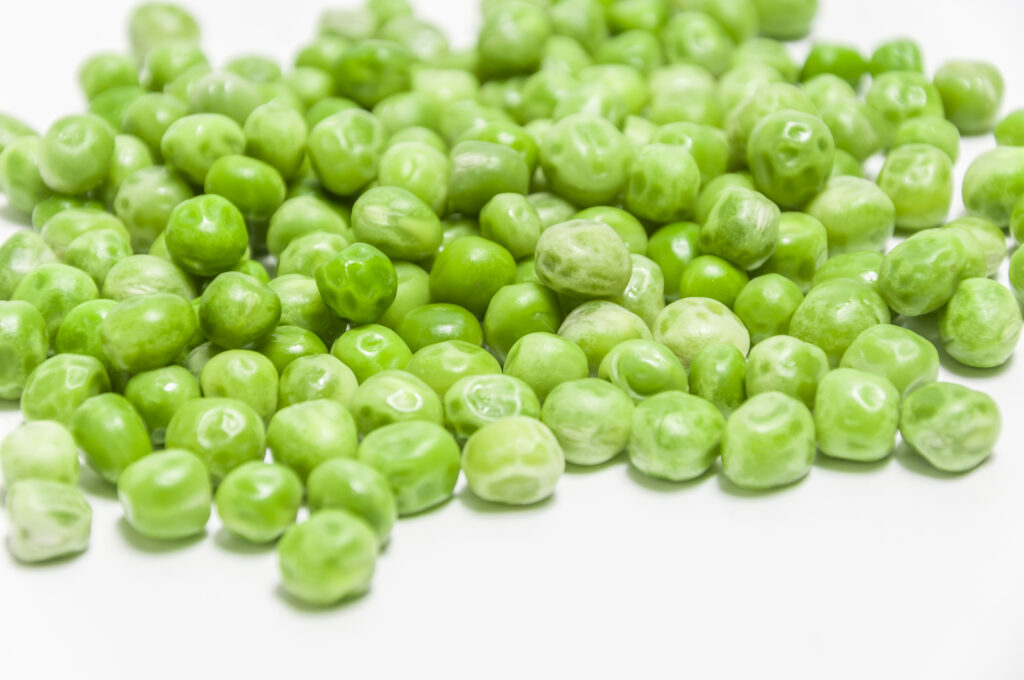
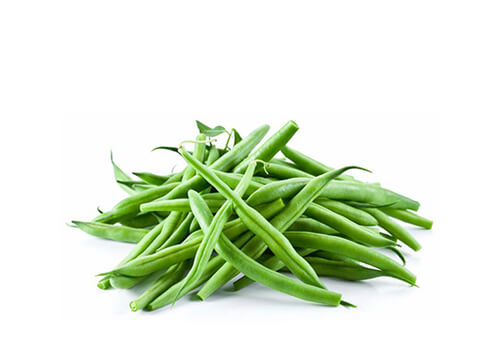
GREEN BEANS
Green beans are sold fresh, frozen or canned. Green beans are cooked
by steaming, boiling, stir frying, deep frying, or in casseroles. In the United
States, they are sometimes served in casserole with mushrooms,
fried onions and cream. In Chinese cuisine, they are often stir-fried
with garlic and douche (fermented black soybeans). In Japanese cuisine, they
are served as tempura. Green beans contain lectins. That makes them harmful if
a person eats too many raw or improperly cooked ones.
CAULIFLOWER
Cauliflower is one of several vegetables in the species Brassica oleracea, in the
family Brassicaceae. Cauliflower is a variety of cabbage, whose white flower
head is eaten. Cauliflower is very nutritious, and may be eaten cooked, raw
or pickled. It is a popular vegetable in Poland where it is eaten in a soup with
cream or fried with bread crumbs.
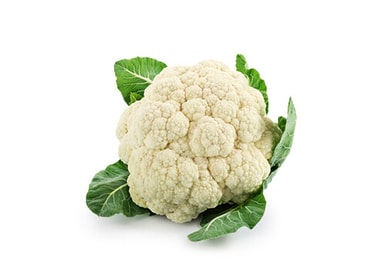
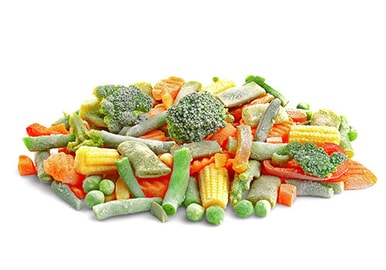
MIXED VEGETABLES
Mix Vegetables are a colourful medley of assorted vegetables, bursting with flavour and nutrients. This vibrant combination offers a delightful blend of textures and tastes, perfect for adding a healthy touch to any meal.
BELL PEPPER
Some of these plants are used as spices, vegetables, or drugs.
The fruit of Capsicum plants have a variety of names. They are often called chili pepper, red or green pepper, or just pepper in Britain and the US. The large mild form is called bell pepper in British English and the US, capsicum in New Zealand English, Australian English and paprika in some other countries (although paprika can also refer to the powdered spice made from various capsicum fruit). Capsicums originated in the Americas, but are
now grown worldwide.
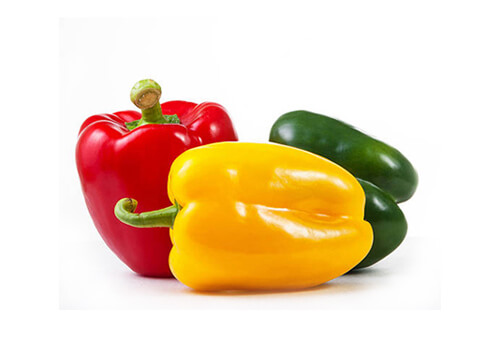

CARROT
The carrot is a type of plant. Many different types exist. The Latin name of the plant is usually given as Daucus carota. The plant has an edible, orange root, and usually white flowers. Wild carrots grow naturally in Eurasia. Domesticated carrots are grown for food in many parts of the world. Carrots are grown in the ground, and carrots roots are a common edible vegetable. After cleaning, the roots may be eaten raw or cooked. They
are served as part of many dishes. In Portugal, carrot jam is a speciality.
BROCCOLI
Broccoli is a plant from the species: Brassica oleracea. It is a vegetable similar to cauliflower and cabbage. Broccoli has green flower heads and a stalk. It comes from Italy and was introduced to England and the United States around 1800, and 1900 and has become a well-liked food around the world. Purple cauliflower (violet cauliflower) is also a type of broccoli grown in North America and Europe. Broccoli is a good source of vitamins. Its carbohydrates are mostly fibre and a variety of sugars. Broccoli has many vitamins and minerals, like Vitamin A, potassium, folic acid, and iron. When it is not harvested in the right time, it will turn into a head of yellow flowers. Spain, Mexico, India, China, and the United States are the largest producers of broccoli. It is native to the Mediterranean. The plant was from a cabbage by a Mediterranean civilization called Etruscan. Broccoli’s name comes from the word “broccoli” in Italian language and the Latin word “brachium” It was developed from multiple crossbreeding.
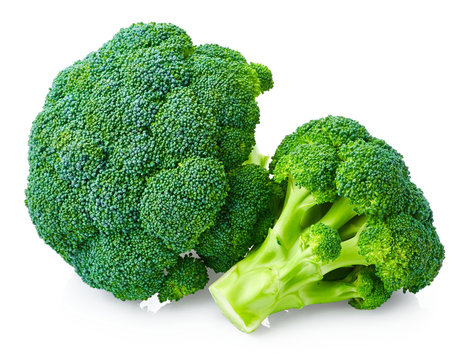
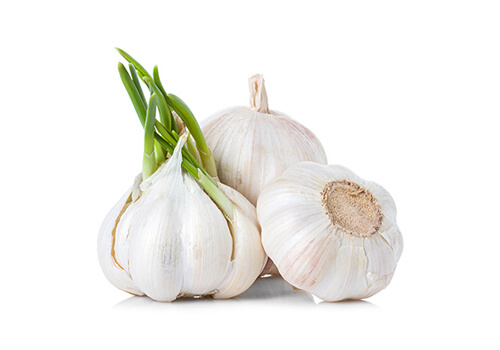
GARLIC
Garlic (species Allium sativum) is a type of plant that people eat
for food. [1] Garlic is related to onions, shallots, and leeks. It has a very strong flavour and smell. Most of the time, people use it as a flavouring so that it helps make food taste better. Garlic is used as herbal medicine in the treatment of cold and flu. It has side effects of heartburn, flatulence and sweating. The part of the garlic plants that people eat is called the head. It grows at the bottom of a long green stalk. People peel the head apart into smaller pieces called cloves of garlic. Cloves have papery skin on them. People peel off the skin before cooking the cloves. People plant garlic in the fall right after the first frost. They plant the clove like a seed. One clove can grow into a whole head. The garlic plant grows its roots before the ground freezes for winter. People harvest (collect) the garlic in the middle of the next summer.
BABY CORN
The newest product in our portfolio, it has quickly become the largest contributor to our revenues. Packed with precision, this tender detectable product is available around the year. This year of optimization efforts combined with effective use of our integrated bussiness model has created enormous values for our customers. Our Corn is a combination of top quality , lowest price and highest service level.
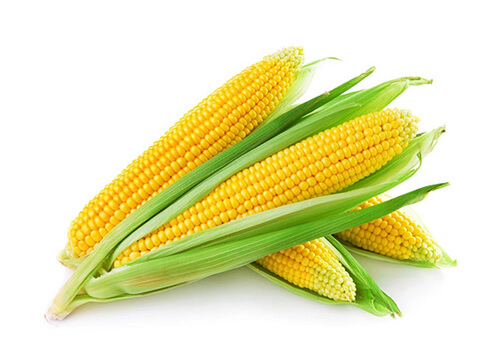
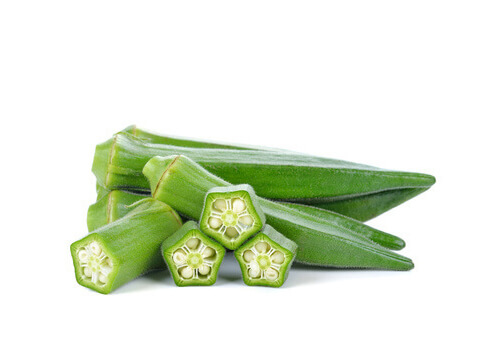
OKRA
One of the earliest products, we are known for our specialization in Okra. This multi-ethnic favourite is now fast becoming a mainstream offer. The fresh and tender okra has to be harvested daily for the best quality. The cutting edge knowledge of food safety is then put to full use, especially our internal disintegration studies and R&D. The same food safety specifications are also used by us for our frozen Okra.
DRUMSTICKS
The rich culinary tradition of our country has helped us to relish and taste several types of vegetables and fruits thereby deriving the umpteen health benefits. One such amazing vegetable that is greatly valued and earns our interest is drumstick or moringa oleifera. Moringa obtains its name from the Tamil word, murungai, which denotes twisted pod. This humble vegetable is used extensively in Indian culinary dishes for more than a hundred years. Be it delectable sambhar or avail, or any meat curry, soups, pickles etc., drumstick renders its unique flavour to the dishes.

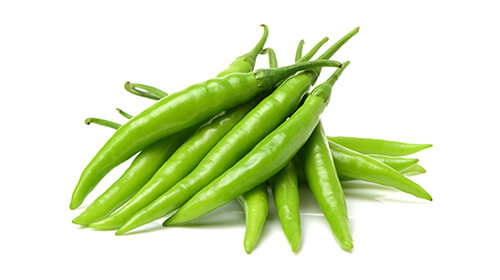
GREEN CHILLI
Chillies are the life and soul of a hearty Indian meal. You don’t necessarily haveto overdo it until smoke comes out of your ears, but without a touch of chilli, dishes seem incomplete. We can’t think of Indian cooking without a dash of green chillies. Slit, sliced, chopped or diced, we just have to add a few green chillies to add that spicy and tang flavour to our food. A green chilli is an important star in Indian cooking. This spice is grown throughout the year and so there is no scarcity and a good quantity is exported. Green chillies are available fresh, dried, powdered, flaked, in oil, in sauce, bottled and pickled. It spices up
a bland meal.
BOTTLE GOURD
Also known as white gourd, marrow, calabash or long melons, bottle gourds are a fruit with a light green skin and white seedy flesh. They come in a variety of shapes, thick and rounded, small and bottle shaped or long and slim. The young fruits are eaten as a vegetable and the mature can be used as a bottle, pipe or utensil. Also known as white gourd, marrow, calabash or long melons, bottle gourds are a fruit with a light green skin and white seedy flesh. They come in a variety of shapes, thick and rounded, small and bottle shaped or long and slim. The young fruits are eaten as a vegetable and the mature can be used as a bottle, pipe or utensil.
Thus, the name bottle gourd.

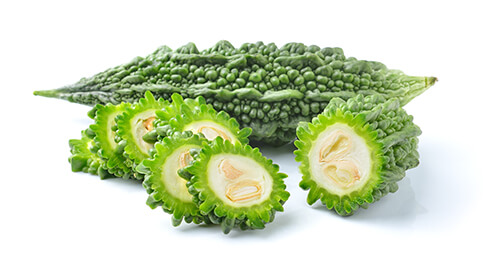
BITTER GOURD
Bitter gourd is a green-skinned vegetable with white to translucent flesh and a taste that fits its name. Unless you grew up with bitter gourd as part of your regular diet, it might take you a while to warm up to the bitter flavour. Bitter gourd is also a vegetable of many names. It is equally known as bitter melon,
bitter cucumber, balsam-pear, bitter apple, or bitter squash. This vegetable is also called karela in India, nigauri in Japan, goya in Okinawa, ampalaya in the Philippines, and ku-gua throughout China. Momordica charantia likely originated in eastern India or southern China. It Favors hot and humid climates with plenty of sunshine and regular water access. Today, you can find bitter gourd growing in fields across Asia, though it has also become popular in the Caribbean and South America.
AMLA
Cultivated throughout India and nearby countries, amla has gained a following throughout the world as a “superfruit” no surprise – a 100 gms serving of fresh amla berries contains as much vitamin C as 20 oranges. Amla, also known as Indian gooseberries, grows on a flowering tree of the same name. The small berries are round and bright or yellow-green. Though they are quite sour on their own, their flavour can enhance recipes they’re added to. While we can’t be entirely sure when Ayurvedic healers started using amla berry, historical records tell us they’ve been used in remedies for at least 1,000 years. Incorporating this
ancient superfruit into your diet may improve your overall health.

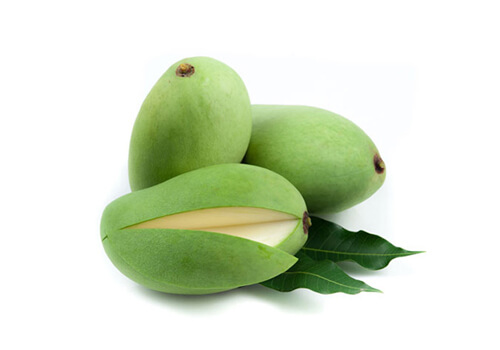
GREEN MANGOES
Green mangoes, the unripe version of the sweet and sumptuous tropical fruit, offer a variety of health benefits. Known scientifically as Mangifera indica, these fruits are not just a tangy addition to the culinary world but also a powerhouse of nutrients. They are a rich source of vitamins, minerals, and antioxidants, which contribute to overall health and well-being. Among the several health advantages green mangoes provide, boosting heart health stands out significantly. They contain niacin, also known as vitamin B3, which is instrumental in improving blood cholesterol levels. This, in turn, can reduce the risk of cardiovascular diseases, such as heart disease, stroke, and heart attacks. Their high levels of vitamin C and fibres further contribute to cardiovascular and digestive health, supporting a strong immune system and regular bowel movements.
STRAWBERRIES
A strawberry is a short plant in the wild strawberry genus of the rose family. It is a widely grown hybrid species of the genus Fragaria. The name is used for its very common sweet edible”fruit” and for Flavors that taste like it. The real fruit of the plant are the tiny “seeds” around the “fruit”. The fruit is actually a sweet swelling of the plant’s stem around the real fruit, which people call the pips. Although in its name, strawberries are actually not berries. The plant grown today is a mix of two other species of wild strawberries. It was first grown in the 1750s.
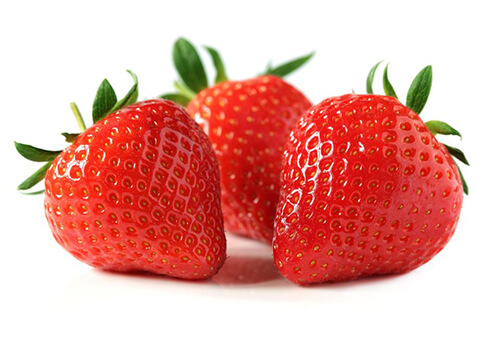

BANANA
Bananas grow from a tropical flowering plant. They’re soft, sweet, and a convenient source of some important nutrients. They have origins in Southeast Asia. People have grown bananas since ancient times, and their health benefits have been promoted for more than a century. Today, bananas are grown in more
than 150 countries in tropical climates, including Africa, South and Central America, China, and India. There are hundreds of types. The dessert banana (Cavendish) is the most popular variety in North America and Europe. Bananas are versatile as well as tasty. You can eat them raw, mixed into your favourite
smoothie, or in a peanut butter-banana sandwich, banana bread, or muffins.

